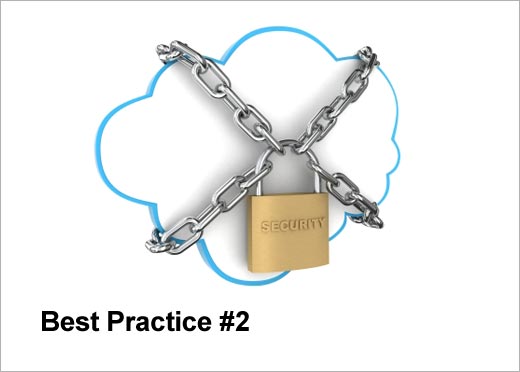Venafi, the inventor of and market leader in Enterprise Key and Certificate Management (EKCM) solutions, in conjunction with Echelon One, an IT security research leader specializing in security programs and guidance, recently released the 2011 IT Security Best Practices Assessment. Echelon One led the effort to establish a set of best practices and worked closely with Venafi to evaluate how well 420 enterprises and government agencies implemented them. The assessment revealed an epidemic of security worst practices, with a majority of organizations failing to adhere to simple data protection standards. In many cases, it revealed that many organizations are critically unaware of what security practices are currently in place.
"The assessment findings were startling. We suspected we would find that many organizations were challenged, but we had no idea that failure rates would run this high," said Bob West, founder and CEO of Echelon One. "The good news is that with this information and free self assessment, organizations can see where they rank in comparison to peers, and determine where weaknesses exist. They can identify steps to significantly reduce security and compliance risks by leveraging automated processes with multi-layered data security strategies, including managed encryption."
The assessment evaluated where organizations rank in the implementation of 12 IT security and compliance best practices, ranging from how organizations leverage and manage encryption to how often they conduct security awareness and training programs. This slideshow highlights the top five best practices, their high failure rates, and recommendations for mitigation.
Click through for results from a Venafi and Echelon One survey on the implementation success rates of IT security best practices.
Perform quarterly security and compliance training. Failure rate – 77 percent.
Recommendation: Deploy technologies that compensate for lack of training resources by removing opportunities for human error through automation.
Encrypt all cloud data and cloud transactions. Failure rate – 64 percent.
Recommendation: Salesforce.com, Google Apps and other cloud applications do not encrypt by default. Deploy third-party technologies that encrypt cloud data — both in motion and at rest — to enhance security, compliance and privacy.
Use encryption throughout the organization. Failure rate – 10 percent.
Recommendation: Although the low failure rate seems encouraging, failure to implement management technologies can turn encryption into a liability by exposing keys and certificates that provide unrestricted access to seemingly secure data. Deploy technologies that can manage encryption assets across the entire enterprise.
Have management processes in place to ensure business continuity in the event of a certificate authority (CA) compromise. Failure rate – 55 percent.
Recommendation: Digital certificates rank among the most ubiquitous security technologies. However, as recent CA breaches demonstrate, certificate authorities have been and will continue to be compromised. Using a CA is only half the battle — to further reduce risk, have a plan for immediately replacing all certificates and encryption keys generated by the compromised CA.
Rotate SSH keys every 12 months to mitigate the risk incurred by average two-year employee turnover rates of service. Failure rate – 82 percent.
Recommendation: SSH keys provide servers and their administrators with root-level access to critical systems and data. A key-rotation period that far exceeds the average employee's lifecycle significantly increases the risk that a former employee or malicious admin can gain unfettered and unauthorized access. Enterprises that do not rotate keys fail to understand their significance and related security vulnerabilities. Deploy technologies that simplify and automate key rotation.








